
Starting June 1st, 2023 Our warehouse fee will be $0.65/cubic foot per month
In effort to lower the warehouse storage fee during inflation, we have went narrow aisle racking.This construction took us four months but the project is finally completed. With narrow aisle racking, we are able to drop storage by 24%.We as partners will go through this inflation together.
10/26/2023
Inventory management in supply chain businesses to effectively track goods as it enters and leaves one or more specific warehouses combined with proper supply and demand planning. What is inventory management? Learn the benefits, inventory management process, how to set up an effective management plan... All will be answered by Worldcraft Logistics in this article.
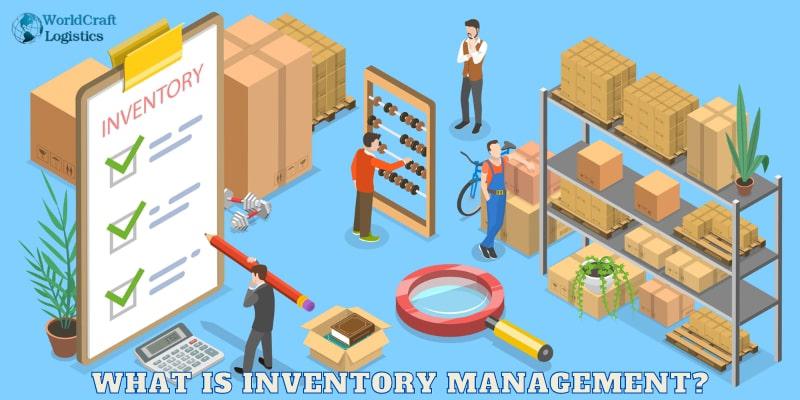
Inventory management aids businesses in determining which merchandise to order when and in what quantities. Inventory is tracked from product acquisition to sale. To guarantee there is always adequate inventory to fulfill client orders and proper warning of a shortfall, the technique recognizes trends and reacts to them.
Inventory turns into revenue after it is sold. Inventory ties up cash before it is sold, while being listed as an asset on the balance sheet. As a result, having too much stock is expensive and lowers cash flow.
Inventory turnover is one metric for effective inventory management. Inventory turnover is a metric used in accounting to determine how frequently stock is sold over time. A company doesn't want to have more inventory than sales. Deadstock, or unsold stock, can result from a lack of inventory turnover.
Related post:
- What is a Bill of Lading in Logistics? Information from A - Z for newbies
- What is a supplier? Key roles and guidance for supplier connection management

Because it helps to ensure that there is rarely too much or too little product on hand, inventory management is essential to a company's health because it lowers the danger of stockouts and inaccurate records.
In order to comply with Securities and Exchange Commission (SEC) standards and the Sarbanes-Oxley (SOX) Act, public corporations must keep track of their inventory. To demonstrate compliance, businesses must document their management procedures.
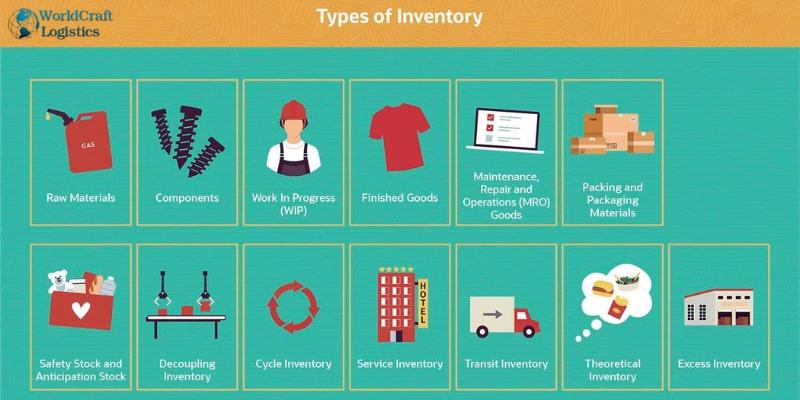
Supply chain firms deal with 13 different categories of inventory, all of which necessitate the use of an effective inventory management system. These consist of:
Unprocessed materials that are unrecognizable once a product is finished, such as metals, polymers, and oils.
Components that may be identified on their own before and after a product is finished, such as screws, bolts, and hinges.
Raw materials, parts and components, packing materials, and other items that are now being produced.
Finished products that are prepared for distribution and sale.
Supplies that are either utilized to make items or to keep a company or organization running.
Products are packaged in primary, secondary, and tertiary layers to keep them safe as they move from the maker to the consumer.
Products, raw materials, or inventory that a company keeps on hand as backup, safety, or anticipation stock can be used to cover any abrupt or unforeseen events or to take advantage of discounted prices.
To prevent any work halts, spare parts or ongoing projects are kept at production line stations.
The quantity of stock needed at any particular time to satisfy regular demand from customers.
How many services can be offered at a given period of time.
Currently en route goods or items from a producer, warehouse, or distribution facility.
The bare minimum of products that a company needs to have on hand in order to run a complete process quickly.
Unsold or unused goods that must be kept in storage but aren't expected to sell.

Cost reductions: Organizations can strategically retrieve products when customers submit orders by knowing where they are being stored and how many are available in each location. This relieves pressure on logistics procedures and enables businesses to guarantee that unsold stock is kept to a minimum, if not entirely, out of the inventory management equation.
Flexibility in cash flow: In order to maintain a balanced inventory, new products must constantly be introduced to replace stock that is being used up. By doing this, businesses can make the most of their cash flow potential and free up money for other uses.
Client satisfaction: Customers and end users are unhappy when things are backordered, but good inventory management techniques make sure that products are always available and can be supplied quickly.
With a fully integrated intelligent warehouse system utilizing advanced technologies such as artificial intelligence, IoT, and inventory management systems, we have elevated our warehouse operations to an outstanding level in your supply chain. Our infrastructure not only ensures maximum safety and protection for your goods but also optimizes storage and transportation in a smart and sustainable manner. Discover our Warehouse Service of Worldcraft Logistics today!
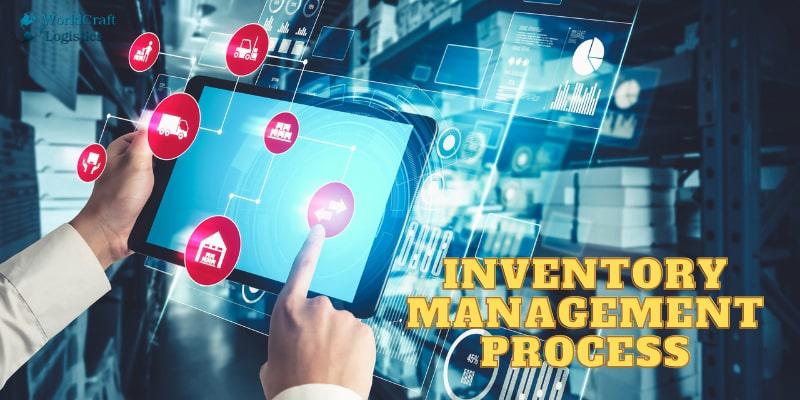
When a company receives a client order and continues until the order is shipped, you are producing on demand. If not, the process starts when you forecast your demand and then place orders for the necessary components or raw materials. Analyzing sales patterns and planning the organization of product storage in warehouses are other steps in the process.
Understanding inventory levels and where it is located in warehouses is the aim of inventory management. The movement of goods from the supplier through the manufacturing process and to the customer is tracked by inventory management software. Inventory management in the warehouse keeps track of stock receiving, picking, packaging, and shipment.
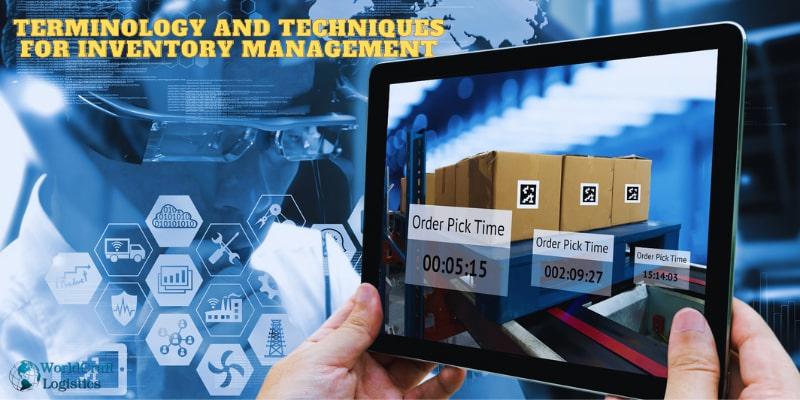
Formulas and analysis are used in several inventory management strategies to plan stock. By reading the guide on inventory management techniques, you may choose which method is most effective for your company. Here is a list of them:
ABC Analysis: the most and least popular stock types is how this strategy operates.
Batch Tracking: This technique collects comparable items to keep track of expiration dates and locate faulty products.
Bulk Shipments: This approach takes into account items that suppliers load straight into trucks or ships, unpackaged. Bulk inventory is purchased, stored, and shipped.
Consignment: If you manage your inventory on consignment, your company won't pay a supplier until a product is sold. Up until your business sells the inventory, that supplier still owns it.
Cross-Docking: This technique entails unloading goods from a supply vehicle onto the delivery truck directly. Storage is essentially done away with.
Demand Forecasting: Forecasting client demand is one function of predictive analytics.
Dropshipping: When a provider uses this method, the consumer receives their order straight from the supplier's warehouse.
Economic Order Quantity (EOQ): This formula outlines the precise quantity of inventory a business should order to save down on holding and other expenditures.
FIFO and LIFO: FIFO refers to the practice of moving the oldest stock first. According to the last in, first out (LIFO) theory, since prices are always rising, the inventory that was most recently purchased is the most expensive and therefore sells first.
Just-In-Time Inventory (JIT): Companies employ just-in-time inventory (JIT) in an effort to keep stock levels as low as possible before a refill.
Lean Manufacturing: This approach focuses on getting rid of waste or anything else in the production process that doesn't add value for the consumer.
Materials Requirements Planning (MRP): Thissystem manages manufacturing planning, scheduling, and inventory management.
Minimum Order Quantity: In order to keep prices down, a business that relies on minimum order quantities will only purchase the bare minimum of inventory from wholesalers with each order.
Reorder Point Formula: Businesses use this method to determine the bare minimum of stock they ought to possess prior to placing another order, and then manage their inventory as necessary.
Perpetual Inventory Management: This technique entails recording stock sales and usage in real-time. Read “The Definitive Guide to Perpetual Inventory” to learn more about this practice.
Safety Stock: An inventory management ethos that prioritizes safety stock will ensure there’s always extra stock set aside in case the company can’t replenish those items.
Six Sigma: This is a data-based method for removing waste from businesses as it relates to inventory.
Lean Six Sigma: This method combines lean management and Six Sigma practices to remove waste and raise efficiency.
Accuracy: One of the drawbacks of software and automation is the inability to maintain inventory counts' accuracy over time. Supply problems may arise if lost, stolen, or damaged goods are not adequately recorded.
Variations in demand: Inventory management systems must be able to track changing customer trends over time since a variety of factors, like the state of the economy, the season, and others, can influence demand for particular products.
Storage space: It will take longer to locate and remove products to meet orders if they are not well-organized and tracked both in the system and the warehouse. Due to these factors, the firm incurs extra costs, poorer staff productivity, and a disruption in the customer experience.

Gaining an APICS Certified in Planning and Inventory Management (CPIM) designation can help supply chain professionals better navigate the complexities of inventory management and decipher best practices that result in increased productivity, improved cost efficiency, and improved overall strategy of their organization's inventory management processes. Working through the challenges can be difficult at times.

An essential component of effective inventory management is demand planning. It involves figuring out how much of each item you plan to sell and when. Inventory management monitors the movement of commodities from the supplier through production and, eventually, filling customer orders once demand has been established.
The "Essential Guide to Inventory Planning" explains more about how demand planning and inventory management interact.
For stock levels to be optimized, it is essential to comprehend inventory management algorithms. Formulas to simplify inventory estimates have been reviewed by numerous accounting and inventory specialists.
Throughout the supply chain, efficient inventory management is crucial. The various corporate organizations use a variety of key performance indicators to gauge the effectiveness of inventory management. It's crucial to comprehend which computations provide the most insight into your business processes. See inventory management KPIs for additional information.
Sometimes, inventory management and related procedures are mixed up. All stock in a corporation is under the control of inventory management. Supply chain management controls the entire process, from the supplier to the client. Inventory control includes warehouse management, which is concerned with the goods in a particular area.
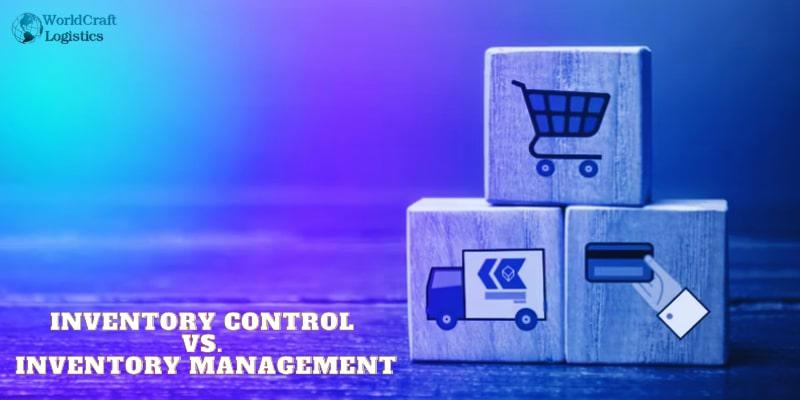
The overall inventory management process includes inventory control. The movement of goods inside the warehouse is controlled by inventory control. Read more about how these techniques interact in our post on the differences between inventory control and inventory management.
The process of utilising inventory as efficiently as possible helps to reduce the amount of money spent on stock and storing those products. The ability to use any available inventory to fill client orders across all locations and sales channels is another way to conceive of inventory optimization. By doing this, you can hold less inventory overall.
Inventory management is enhanced by warehouse management. Stock at a warehouse is organized by warehouse management. Many warehouses or a whole business might have its supply and trends managed through inventory management. The secret to optimizing your warehouse operations is a facility that has been carefully planned and impeccably arranged. Each product has a designated location in the warehouse, which minimizes inefficient staff movement and increases labor productivity. However, the quality of these operations depends on the inventory data that power them.
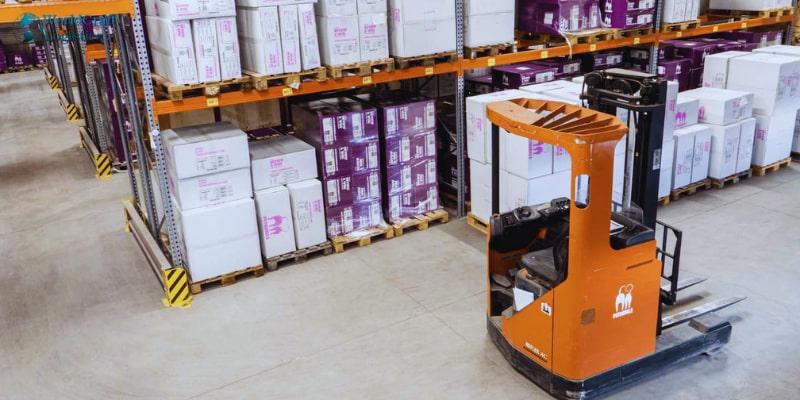
Because a business must balance customer demand with storage needs and financial constraints, inventory management is essential throughout the supply chain. Managers can synchronize lead times for deliveries with production schedules thanks to inventory management, which offers visibility into the supply chain (procurement, production, fulfillment, etc.).
Your inventory management efforts can be strengthened by maintaining precise accounting records and performing routine physical stock counts. A technology that gives your company real-time inventory visibility can assist stakeholders in making crucial business choices. A stock's condition is another thing to be aware of, especially if you're working with perishables.
Policies for inventory management are strategies for using inventories to satisfy customers and cut expenses. Policies define things like the company's stock management strategy.
Worldcraft Logistics has just answered in detail the academic part of Inventory management in supply chain. Hopefully through this article readers will receive a lot of new knowledge. From there, you create a solid foundation to start a smooth job, and at the same time help you find your own solution for your business. Let's follow the new knowledge Worldcraft Logistics will share in the near future.
SEO
Digital Marketing/SEO Specialist
Simon Mang is an SEO and Digital Marketing expert at Wordcraft Logistics. With many years of experience in the field of digital marketing, he has shaped and built strategies to effectively promote Wordcraft Logistics' online presence. With a deep understanding of the logistics industry, I have shared more than 500 specialized articles on many different topics.

Education
01/05/2025

Education
02/18/2025

Education
01/01/2024

Education
08/28/2024

Education
11/13/2023